Hey there! If you’ve ever wondered whether your beloved Persian cat is truly purebred, you’re in the right place. In this article, we’ll explore what it means for a cat to be considered purebred and how you can determine if your feline friend fits the bill. So sit back, relax, and let’s unravel the mystery together.
Is A Persian Cat Purebred?
Have you ever wondered if your fluffy feline friend is truly a purebred Persian cat? In this article, we will delve into the characteristics and traits of a purebred Persian cat to help you determine if your furry companion fits the bill. Let’s explore the world of Persian cats together!
What Makes a Persian Cat Purebred?
So, what exactly makes a Persian cat purebred? When it comes to purebred cats, there are certain standards and characteristics that define a specific breed. For Persian cats, their lineage, physical appearance, and temperament all play a role in determining whether they are considered purebred.
Lineage
One of the most important factors in determining if a Persian cat is purebred is its lineage. A purebred Persian cat will have a well-documented pedigree that traces its ancestry back several generations. This pedigree will show that both of the cat’s parents were also purebred Persians, with no other breeds mixed in.
Physical Appearance
Purebred Persian cats have a distinctive appearance that sets them apart from other breeds. They have a round face with a short nose, large eyes, and a lush, flowing coat. Their ears are small and set low on their heads, and they have a sturdy, cobby body with short legs. A purebred Persian cat’s tail should be fluffy and bushy, completing their signature luxurious look.
Temperament
In addition to their physical appearance, purebred Persian cats also exhibit certain personality traits that are characteristic of the breed. They are known for being calm, gentle, and affectionate companions who enjoy lounging around the house and receiving plenty of attention from their human family members. Purebred Persians are not typically as active or vocal as some other cat breeds, preferring instead to curl up on a cozy blanket and nap the day away.
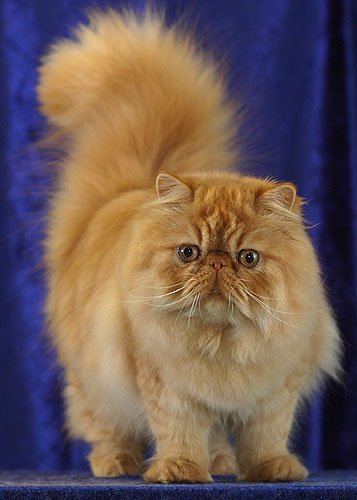

Where Can I Find a Purebred Persian Cat?
If you are in the market for a purebred Persian cat, there are several reputable sources where you can find these regal felines. Whether you are looking for a kitten or an adult cat, there are options available to help you bring a purebred Persian into your home.
Breeders
One of the most common ways to acquire a purebred Persian cat is through a reputable breeder. Breeders who specialize in Persians will have a thorough knowledge of the breed’s characteristics and will be able to provide you with a healthy, well-socialized kitten or cat. When choosing a breeder, be sure to do your research and ask plenty of questions to ensure that you are getting a purebred Persian with a solid pedigree.
Rescue Organizations
If you prefer to adopt a cat in need, there are also rescue organizations that specialize in Persian cats. These organizations rescue Persians who have been abandoned, surrendered, or found as strays, and work to find them loving forever homes. By adopting from a rescue organization, you can give a deserving Persian cat a second chance at a happy and fulfilling life.
Cat Shows
Another option for finding a purebred Persian cat is to attend cat shows and events. Breeders and exhibitors often showcase their cats at these events, giving you the opportunity to meet Persians up close and personal. You may even find a breeder who has a litter of kittens available for sale or adoption at the show.
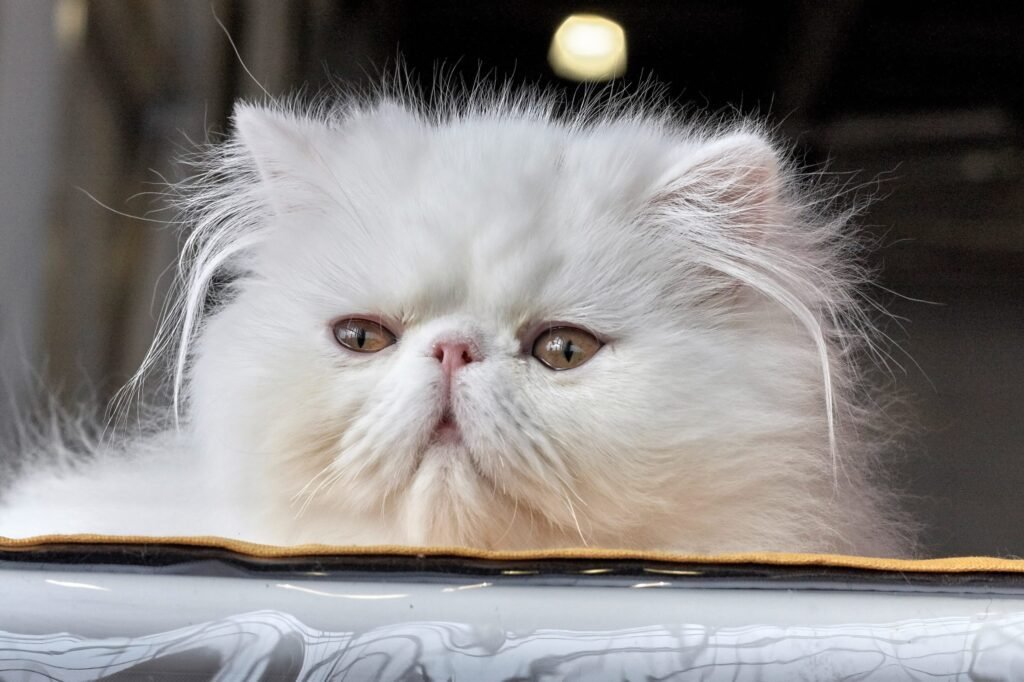

Common Health Concerns in Persian Cats
While Persian cats are undeniably beautiful and beloved by many, they are also prone to several health issues that are important to be aware of as a pet owner. By understanding these common health concerns, you can help keep your Persian cat healthy and happy for years to come.
Brachycephalic Syndrome
One of the most well-known health issues in Persian cats is brachycephalic syndrome, which is caused by their distinctive flat faces and short noses. This condition can lead to breathing difficulties, snoring, and other respiratory problems. It is important to monitor your Persian cat for signs of labored breathing or excessive snoring, and to seek veterinary care if necessary.
Dental Disease
Persian cats are also prone to dental disease due to their characteristic short jaws and crowded teeth. Without regular dental care, such as brushing and professional cleanings, Persian cats can develop gum disease, tooth decay, and other oral health issues. Be sure to provide your Persian cat with proper dental care to keep their teeth and gums healthy.
Polycystic Kidney Disease
Another common health concern in Persian cats is polycystic kidney disease, a genetic condition that causes the formation of cysts in the kidneys. This disease can lead to kidney failure if left untreated. Regular veterinary check-ups and screenings can help detect polycystic kidney disease early on, allowing for prompt treatment and management.
Eye Conditions
Persian cats are also prone to certain eye conditions, such as progressive retinal atrophy and cherry eye. These conditions can affect a cat’s vision and overall eye health, leading to discomfort and potential complications. Regular eye exams by a veterinarian can help monitor your Persian cat’s eye health and detect any issues early on.
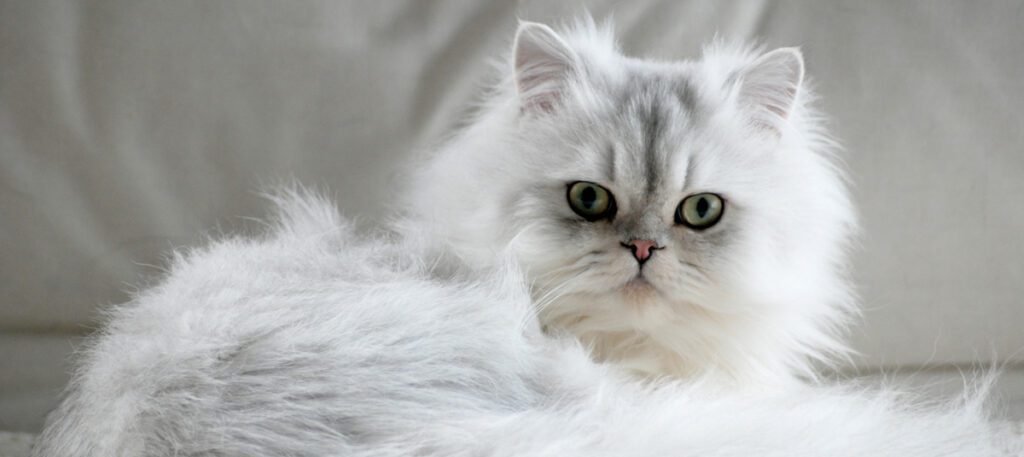

Grooming Tips for Persian Cats
With their long, luxurious coats, Persian cats require regular grooming to keep them looking their best and prevent mats and tangles from forming. By following these grooming tips, you can help your Persian cat maintain a healthy and beautiful coat.
Brushing
Regular brushing is essential for Persian cats to keep their coat free of mats and tangles. Use a quality slicker brush or comb to gently remove any loose fur and debris from your cat’s coat. Aim to brush your Persian cat at least once a day to prevent mats from forming and keep their coat looking sleek and shiny.
Bathing
While Persian cats do not require frequent baths, they may need the occasional bath to keep their coat clean and healthy. Use a gentle cat shampoo specifically formulated for long-haired breeds, and be sure to rinse your cat thoroughly to remove all traces of soap. After bathing, gently dry your Persian cat with a towel and allow them to air dry in a warm, draft-free environment.
Eye Care
Persian cats are prone to tear staining due to their flat faces and large eyes. To prevent tear staining, gently clean your cat’s eyes with a damp cloth or cotton ball to remove any discharge or debris. Be sure to check for signs of eye irritation or infection, such as redness or swelling, and consult your veterinarian if necessary.
Nail Trimming
Regular nail trims are important for all cats, including Persians, to prevent overgrown nails and potential paw injuries. Use a pair of cat-specific nail clippers to trim your Persian cat’s nails every few weeks, being careful not to cut too close to the quick. If you are unsure how to trim your cat’s nails, ask your veterinarian or a professional groomer for guidance.
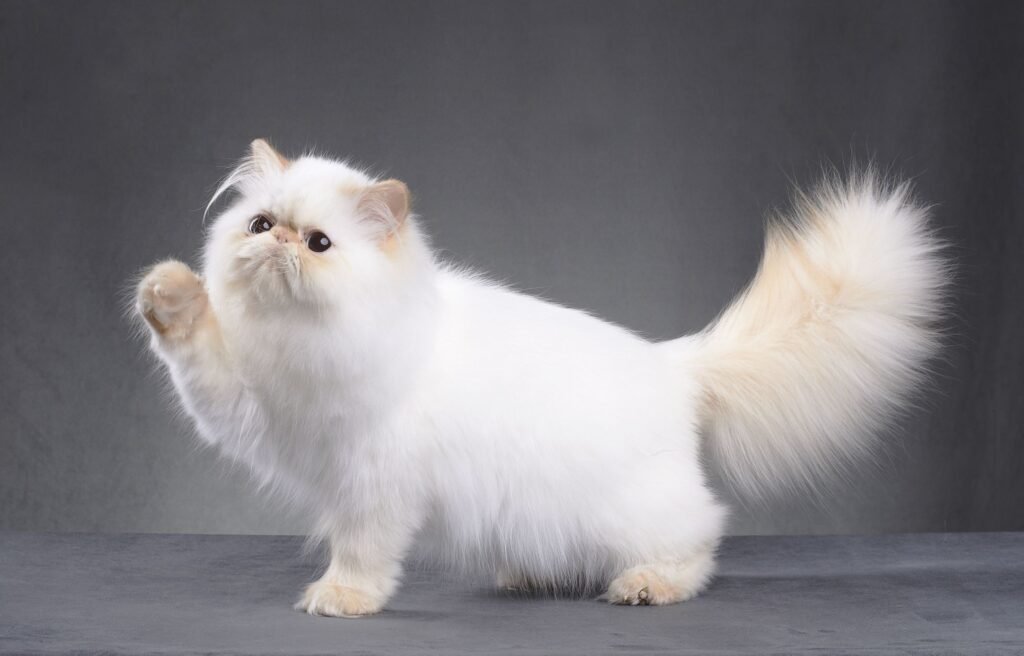

Fun Facts About Persian Cats
As one of the most popular and recognizable cat breeds in the world, Persian cats have a rich history and many interesting attributes that make them unique. Here are a few fun facts about Persian cats that you may not know:
Ancient Origins
Persian cats have a long and storied history that dates back hundreds of years. They are believed to have originated in the Middle East, where they were revered for their beauty and regal demeanor. Persian cats were popular pets among royalty and nobility in ancient Persia (modern-day Iran), and were often depicted in art and literature.
Celebrity Status
Persian cats have long been associated with luxury and glamour, making them a favorite choice among celebrities and VIPs. Many famous individuals, including Marilyn Monroe, Florence Nightingale, and Taylor Swift, have owned Persian cats as beloved companions. Their striking looks and affectionate nature have endeared them to people from all walks of life.
Guinness World Record Holder
In 1998, a Persian cat named Creme Puff gained worldwide fame for becoming the oldest cat ever recorded in the Guinness World Records. Creme Puff lived to be an astounding 38 years and 3 days old, a remarkable feat for any cat breed. Her longevity and vitality made her a beloved feline celebrity and a testament to the resilience of Persian cats.
Shades of Beauty
Persian cats come in a wide variety of colors and patterns, ranging from solid colors like white, black, and blue to more exotic shades like silver tabby, tortoiseshell, and calico. Their unique coat colors and markings make each Persian cat truly one-of-a-kind, adding to their allure and charm.
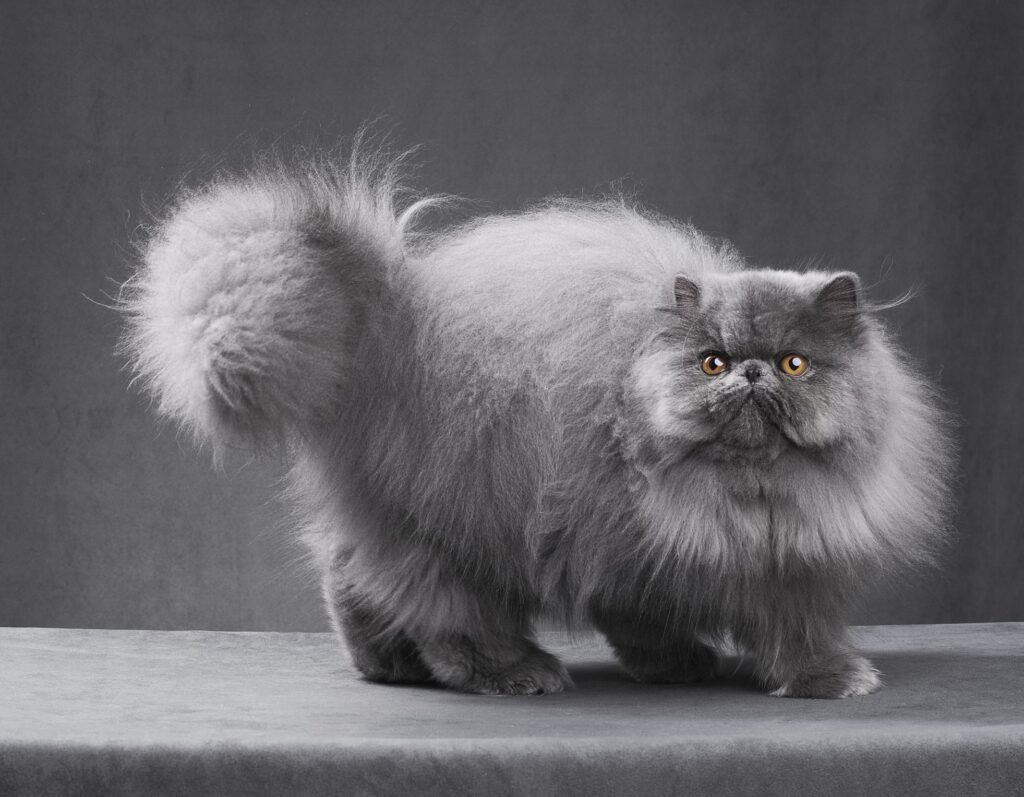

Conclusion
In conclusion, determining whether a Persian cat is purebred involves considering its lineage, physical appearance, and temperament. By understanding the characteristics and traits of purebred Persian cats, you can better assess whether your feline friend fits the criteria for the breed. Whether you are looking to bring a purebred Persian into your home or simply want to learn more about this fascinating breed, we hope this article has provided you with valuable insights and information. Happy cat-loving!

